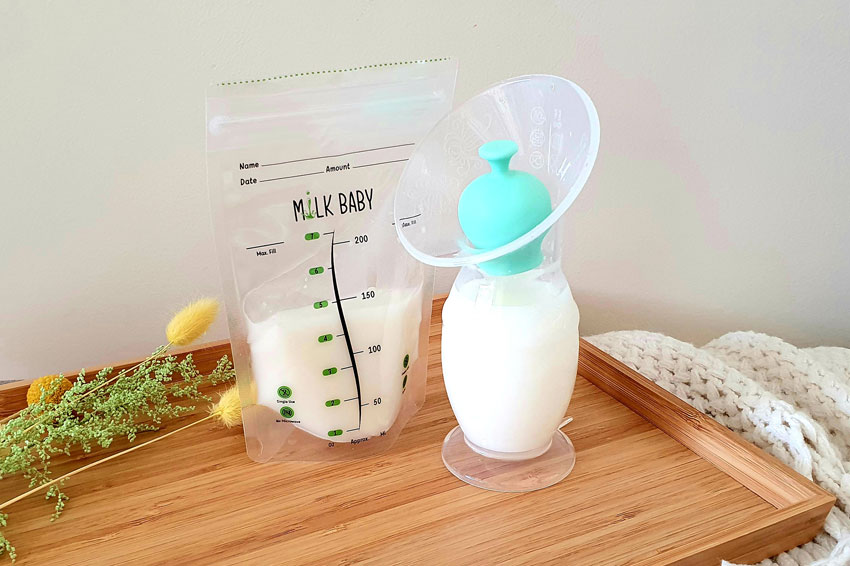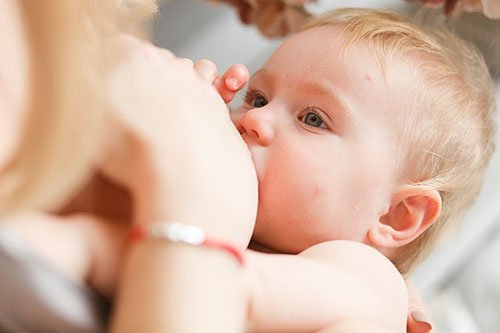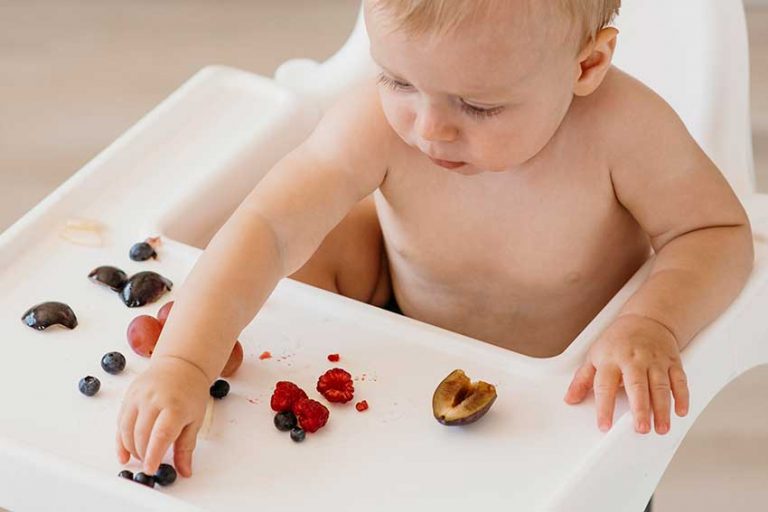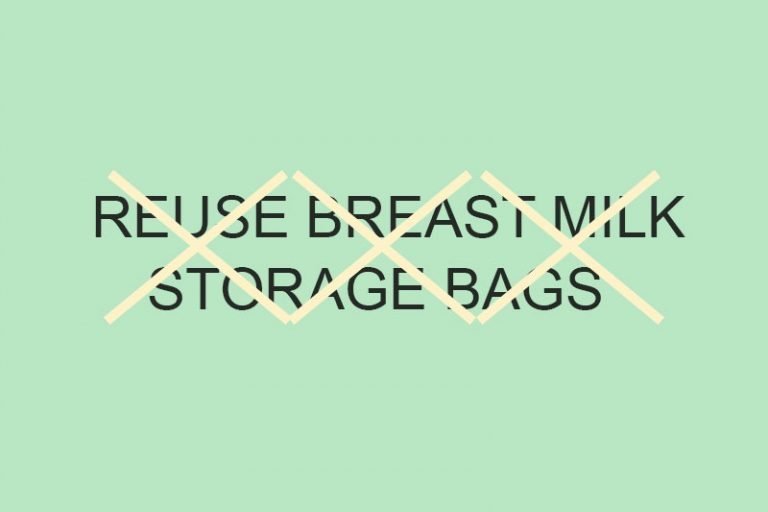2021 Born Baby | My Breastfeed Baby wants to be Nursed all the time, is it Normal?
It’s 2021 and you’ve just introduced a new baby into your life and you’re gleaming with joy and excitement being able to breastfeed your baby.
Along the way, someone probably told you about what is known as “witching hour” – you may or may not have believed them, thinking there is no way a baby would want to breastfeed constantly.
But now your baby is home, you may be starting to recognise that there are times when your baby is nursing constantly and wondering if it is normal.
Be assured that it is very normal, and while you may not understand the reason for it, your baby knows what they are doing and what they need to grow.
Is Your Newborn Nursing Every Hour? It is Common!
One of the first things you do realise when you have a newborn, particularly if this is your first time, is that they feed regularly – very regularly. You often won’t have time to do much before they want another feed.
Do you feel like your newborn is nursing every hour? It’s probably very close to it. In the first few days, it is normal for babies to feed at least 12 times in a 24-hour period – sometimes more. Because they drink such little amounts in the first few days, they drink frequently.
At birth, a baby’s stomach is about the size of a cherry –rather small – so it doesn’t take a lot to fill their stomach. Most of the time, on day one, a baby is only drinking around 5-7ml of colostrum at each feed. This is the perfect size for them to start with, and as they get older and your milk starts to come in, be assured they will drink more. They won’t always want to feed hourly.
What is Colostrum and When Does My Milk Come In?
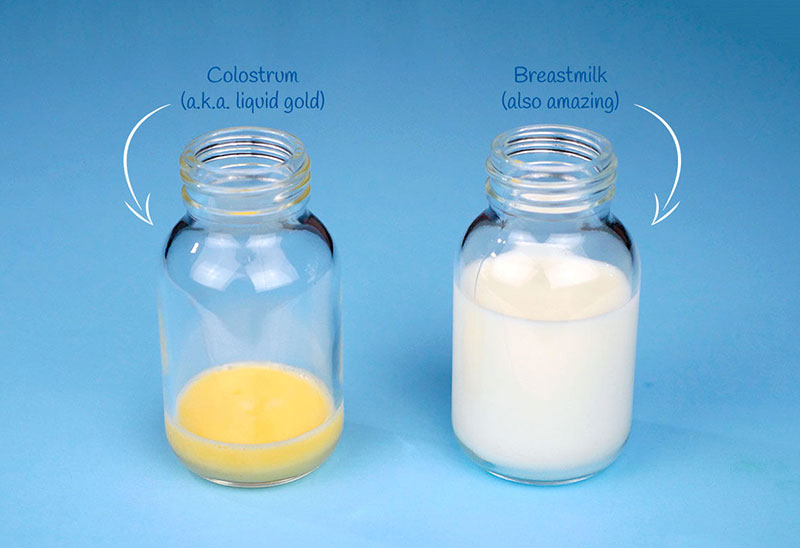
Simply put, colostrum is the sugary, watery milk that your body often starts to produce in the later stages of pregnancy. Many mothers to be can produce enough colostrum to express prior to birth (although you shouldn’t do this without checking with your GP, OB or midwife). Colostrum helps your baby to keep full, but it isn’t packed with all the fats that are yet to come.
While it can be frustrating that your baby is feeding regularly, it’s important to remember that feeding helps to build your milk supply and helps to bring your milk in. You should start to notice an increase in milk from day three, where the clear colostrum will turn into a milky white colour.
What you will also notice is that your baby will start to have longer periods of sleep, up to anywhere from 1.5 hours to 3 hours. That feeding hourly during the day will start to come down to 8 – 12 times within 24 hours, which ensures your baby is getting enough milk and keeps your breasts producing.
However, don’t be surprised if your baby is still breastfeeding every hour at some points during the day – this is what is often known as “witching hour”.
What is Witching Hour?

You’ve heard about it, we’ve mentioned it, but you don’t quite understand what it is. If you thought that your baby wanting to nurse all the time was behind you after those first few days, it probably isn’t.
Witching hour is where your baby turns fussy and they often cry for no reason. Sadly, it also often lasts longer than an hour. For most babies, this tends to happen between 5pm and midnight, and will last through until around three months old.
One of the reasons behind witching hour is that your milk supply tends to be less at the end of the day, with a slower flow which may mean that your baby isn’t getting enough in each feed. The other cause is growth spurts. The first one comes in around the two-to-three-week mark and you will tend to notice an increase in how much they want to drink.
There is absolutely nothing wrong with cluster feeding, and frankly it is probably what your baby is after. This is where they go from feeding every two to four hours, to wanting to feed every 30 minutes or so.
There are plenty of other options to get through witching hour, but if breastfeeding or bottle feeding your baby feels natural at this time – don’t be afraid to do it. In fact, this is a great time to be using a silicone breast pump, which allows you to catch the let down and any excess milk instead of it being soaked into a nursing pad. Buying breast pumps online is easy, and we also recommend that you look at options for breast milk storage in Australia to save that nutritious milk for the long term.
Why Do Babies Nurse Constantly?
So other than being hungry, is there a reason you baby may be nursing constantly? There sure is.
Just like many of us feel reassured by being comforted, a baby is exactly the same. It can take them a little while to get used to the big, noisy world they now find themselves in, so a comfort feed can calm them. Whether they are tired, over-stimulated or still getting used to everything around them, don’t be surprised if your baby is feeding for comfort.
Do Breast Milk Savers Work when Breastfeeding?
If you’ve purchased or browsed breast pumps online, you’ve likely seen the accessories that comes with electric breast pumps, and the different types of breast milk pumps available.
One being breast milk savers or commonly know as silicone breast pumps. Breast milk savers in Australia are a safe and effective way to collect excess breast milk that tend to leak from the breast due to fullness – this is called a let-down.
Depending on the type of breast milk saver, they can collect up to 120 ml of let-down milk which can be stored in the fridge for use within 24 hours, or freeze to use later down the track.
There are a wide range of options when it comes to breast milk storage in Australia, and you may need to try a few options to find something that is suitable for you and your family.
If you’ve introduced a new baby to your home, or you are introducing a new baby to your family in 2021, don’t be surprised if your baby takes up breastfeeding every hour for those first few weeks. It is very normal, and in many cases, your baby will quickly regulate their feeding once they are starting to get the fatty breast milk that is filled with nutrients.
Although it can be tiring to be breastfeeding every hour, enjoy this time with your newborn, take the time to initiate skin to skin contact (which helps with bonding), and know that it won’t last. Like many mothers before you, take advantage of a silicone breast pump to catch the let down and excess milk and save for later using the large variety of breast milk storage in Australia.
